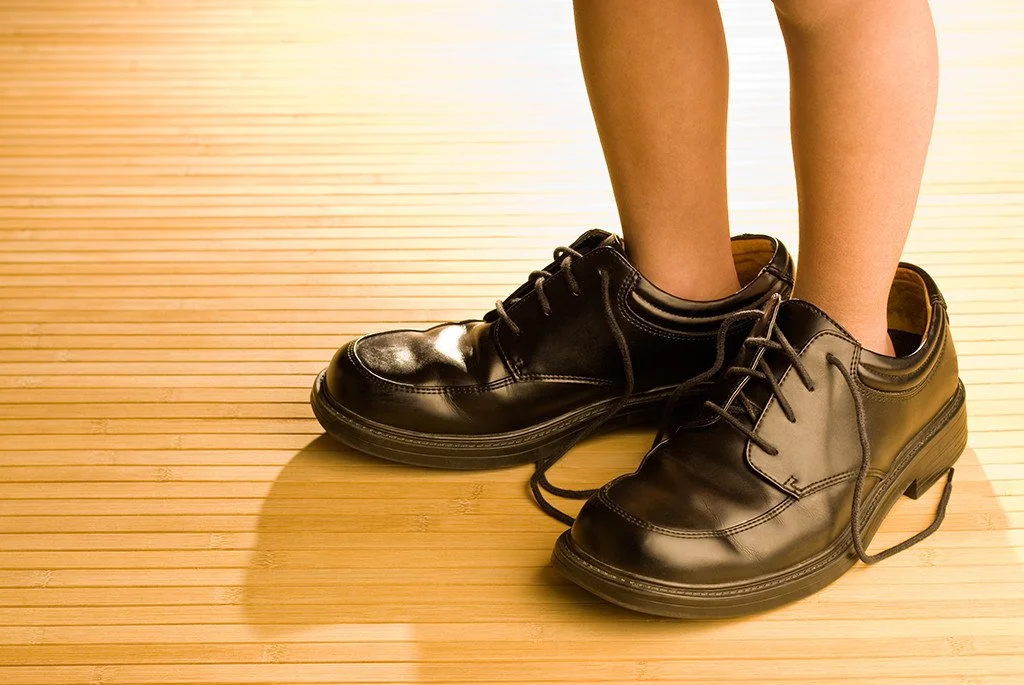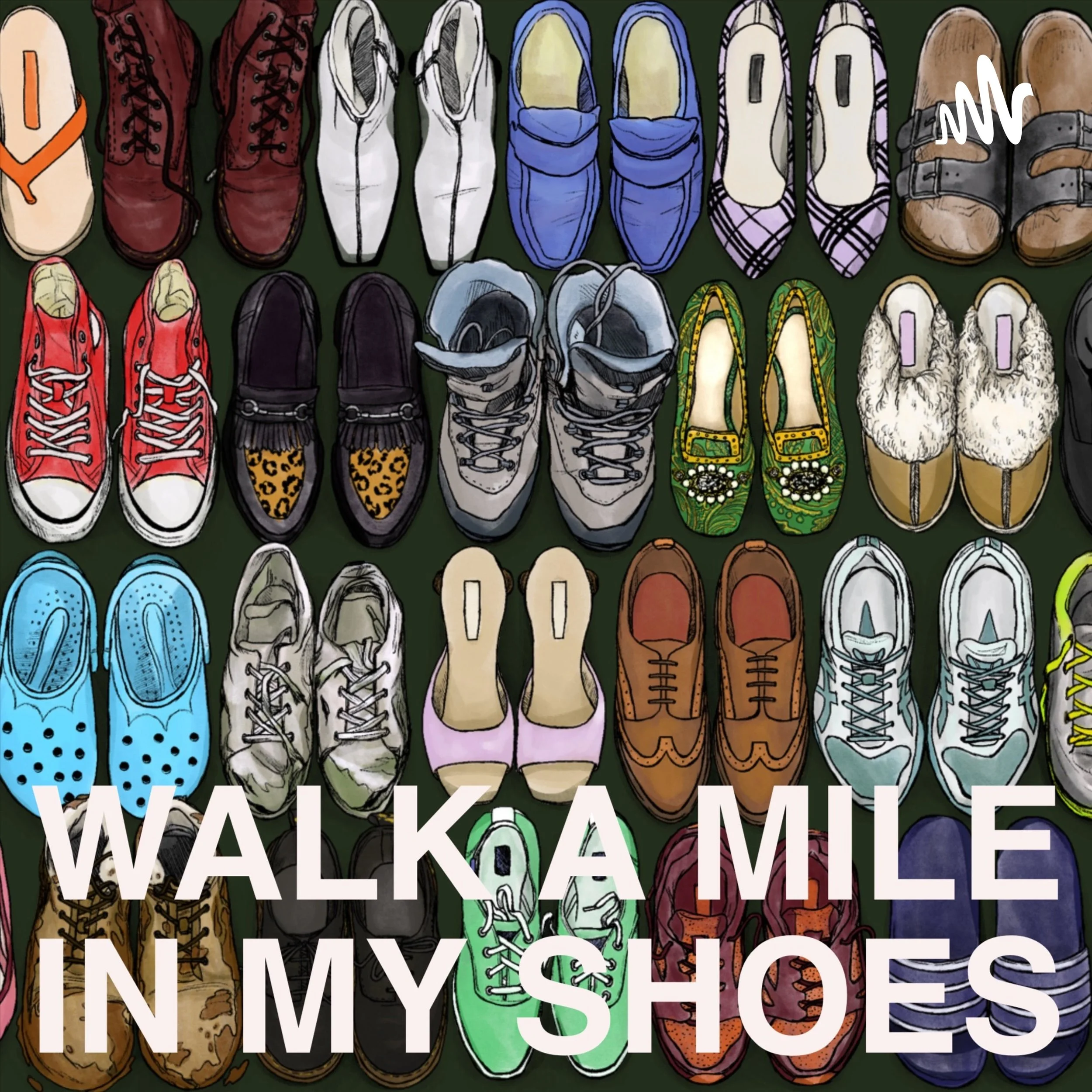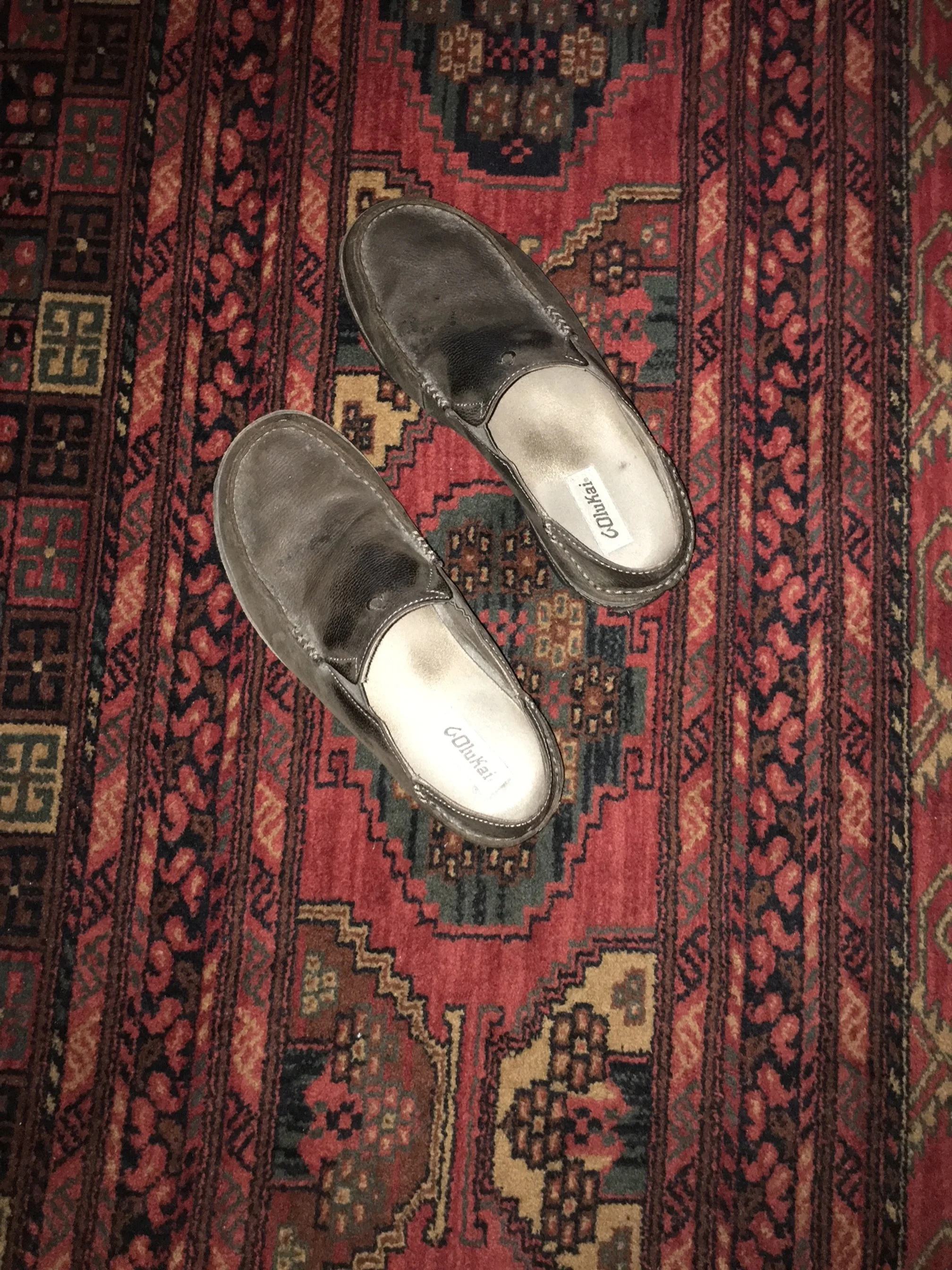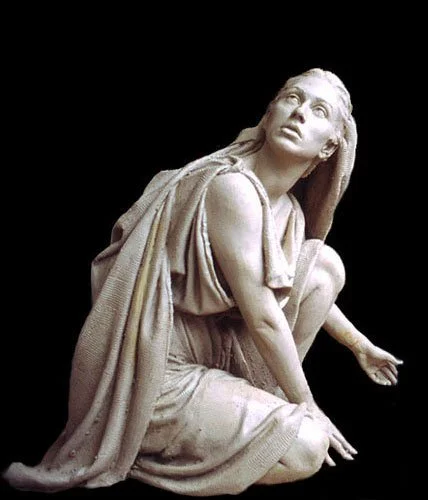Walking in Someone Else’s Shoes
“Within the best of us, there is some evil, and within the worst of us, there is some good. The person who hates you most has some good in him; even the nation that hates you most has some good in it; even the race that hates you most has some good in it.
And when you come to the point that you look in the face of every person and see deep down within what religion calls ‘the image of God,’ you begin to love in spite of. No matter what the person does, you see God’s image there.”—Martin Luther King, Jr., in “Loving Your Enemies,” sermon at Dexter Ave. Baptist Church, Montgomery, Alabama, 1957.
I once worked with another physician, whom I thought was incompetent. I felt her decisions did not make sense and were not helpful. She often talked almost in riddles, trying to look at many sides of a question, while I already thought there was an obvious answer that, beyond question, was right. Moreover, she was amazingly slow to make any changes.
One weekend, I had to cover her job while she was on vacation. Overnight, I realized why she behaved as she did, the magnitude of her responsibility, and the endless number of real and imagined problems presented to her. I walked in her shoes, and it made all the difference.
Placing myself in her shoes led me to see God’s image in her and others, whom I had previously found difficult to understand.
A story also circulates that someone asked Mother Teresa the question, “How do you stand it when you have to serve some truly despicable person?” With a sigh, she replies, “I look deeply into their eyes and say to myself, ‘My Jesus, what an interesting disguise you are wearing today.”’–Deborah Sokolove, Seekers Church, “Weekly Gospel Reflection,” Inward/Outward.com, Church of the Saviour.
This is also how Benedictine Spirituality calls us to see others. It is called radical hospitality. We are to look for the light of Christ in others. Often, if we are having difficulty with others, it is because we are having trouble finding the light of Christ, our God hole in ourselves. We have strayed from our path of staying connected to God in our own lives. We have lost the “light” in our lives that directs us to the light in the lives of others.
Having difficulty with others is always a “stop sign” to try to find the light of Christ within ourselves, and maybe even ask someone else for help. Walking in someone else’s shoes is always a good starting point in seeing others in a new light.
Joanna. https://www.joannaseibert.com/








